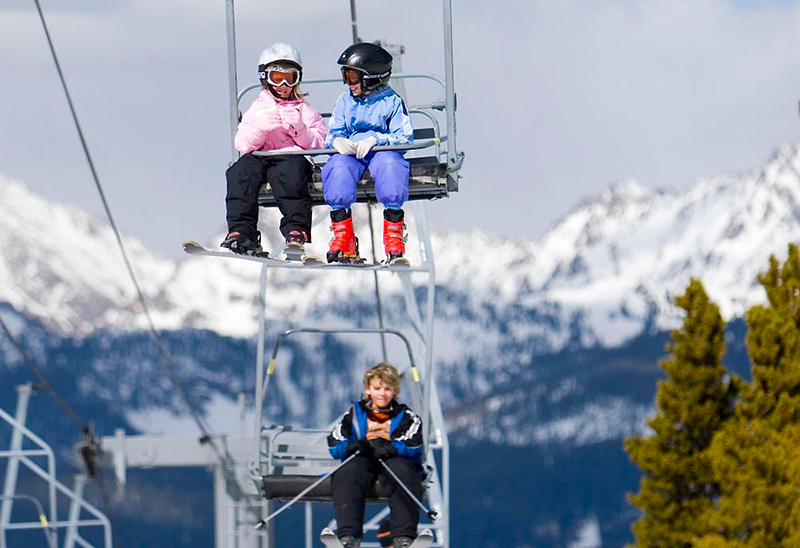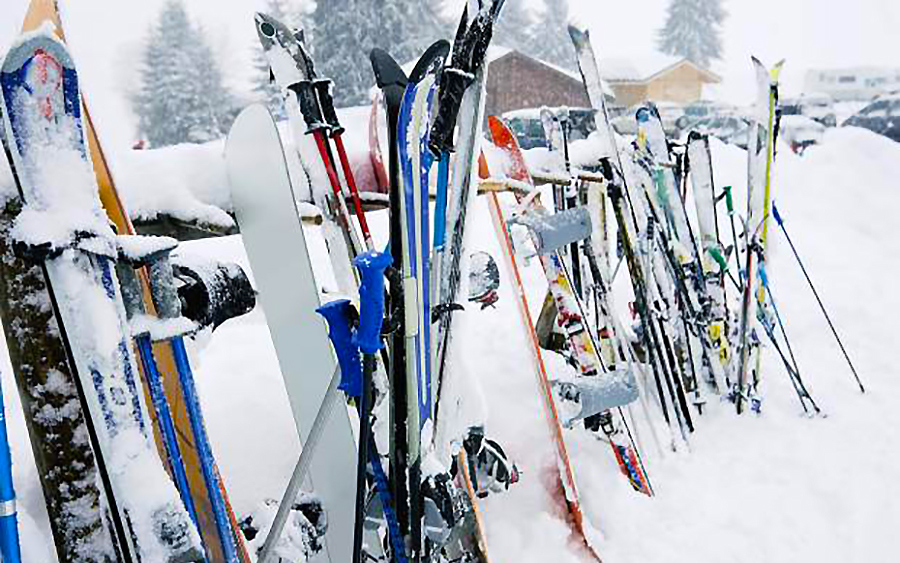By Eugene Buchanan
<span style="color: #a3a3a3;">Call it a pandemic snapshot. To help the winter outdoor industry better understand consumer insights and sentiment seven months into the pandemic, Snowsports Industries America (SIA) recently released the results of a first-of-its-kind survey on the impact COVID-19 has had on skier and riders’ spending, shopping, planning, and shredding habits for the upcoming winter season.
One of two major consumer reports SIA conducts each season to help its members be better informed about snowsports consumer behaviors, the survey of over 1,000 avid winter enthusiasts sought to answer how COVID-19 might affect consumer confidence and spending; and what outdoor activities consumers plan on participating in. The survey took consumers’ pulse in two waves — July and August — to understand how sentiment and expectations might be trending.
The results of the survey show that concern about COVID-19, broadly, is mixed, with enthusiasts more likely than not to be excited for the winter season ahead and generally confident about their ability to participate.
If resorts are unable to operate this season, enthusiasts will likely turn to snowshoeing, cross- country skiing and non-snowsports activities. In addition, winter running/hiking, sledding, uphilling, and backcountry will all see increases in participation. A Net Expected Change in Participation category showed that 28 percent of respondents expect to participate in snowsports more this season, 57 percent in the backcountry, 48 percent in uphill skiing, and 65 percent in cross-country skiing. A majority of respondents have taken action to prepare by buying a ski pass and researching COVID-19-related impacts and gear.
“Enthusiasts feel like their snow season was cut short last year due to COVID, and they are excited to get back out,” said SIA CEO Maria McNulty. “If at all possible, most will return to their local and regional resorts as they usually do, and some think of snowsports as a relatively low-risk activity as they’re outdoors and can mostly take place when distanced from others. However, there are some concerns about whether resorts will be able to remain open at full capacity for the entirety of the season. Regardless, many hope to engage in off-resort activities as well.
Still, many are expecting reductions in income, spending and savings, leading to less travel. However, most still plan to spend on outdoor gear and products, even if that spending is slightly reduced. In the July assessment, 67 percent of respondents reported anticipated reduced spending, with that number dropping to 61 percent in August.

“Between concerns about resorts staying open and the broader economic slowdown, overall spending on snowsports may decline somewhat this season — but they’ll almost certainly be mild compared to the declines seen in the broader travel and hospitality industry,” said McNulty, adding younger people, families, higher-income respondents, and frequent snowsports participants were all more optimistic about their spending than their counterparts. “Retailers need to ensure participants can get access to the gear that will facilitate them getting outside with new and different winter activities like Nordic, AT and fat tire biking. Respondents were largely in agreement on the importance of mask requirements, sanitization and spacing of customers for retail stores. Retailers should ensure there is plenty of space for customers to browse and try on items, which is a critical benefit over online retailers. However, online shopping will remain a popular alternative as many try to avoid indoor spaces.”
The survey showed that in-person spending will likely continue to lag compared to the past, while online spending will continue to increase. Only 12 percent and 6 percent of respondents, respectively, reported they were more likely to purchase in-store. Brick & mortar retailers should emphasize helping customers ensure that products fit while online retailers should emphasize a variety of products to drive customer traffic.
While some of the biggest concerns raised among respondents include not knowing how long the situation will last and overall public health impacts on travel plans, there is good news: Overall, core participants remain excited about the upcoming season and most hope to increase participation. However, while there could be a moderate bump in spending (particularly for non-resort activities), any increase would likely not be of the magnitude seen for cycling and other non-wintersports.
“Enthusiast skiers and riders clearly would like to participate in snowsports this year,” summed up McNulty. “The questions are simply what resort capacity will look like, will they remain open all season, and if resorts and retailers will take the measures necessary for people to feel comfortable and safe. Overall, there are a lot of reasons to be optimistic about the season. People are craving ways to be active outside, while remaining relatively safe. Given the impressive increases we’ve seen in other outdoor activities I’m hopeful we’ll see some of this momentum carrying into winter. But we also need to think about how we can seize on this desire to be outside to welcome new participants to winter sports.”
And survey respondents seemed glad for the reach-out and attention, and, above all, are still smitten with snowsports.
“This season will be an opportunity for the snowsports industry to innovate and reassure consumers that winter activities can be enjoyed safely, both from a physical and economic perspective,” wrote one respondent. “The dichotomy the snowsports industry must collectively overcome is that, while on and off-hill recreation activities are generally safe by nature, the social nature of off-hill activities present challenges to effectively control virus spread.”
















